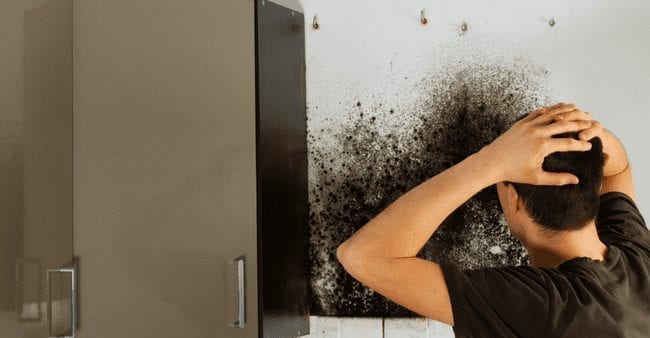How to Check If Your Home Has a Hidden Leak
How to Check If Your Home Has a Hidden Leak
Blog Article
Presented here below you can find a bunch of helpful guidance involving Detecting hidden plumbing leaks.

Early discovery of leaking water lines can reduce a possible catastrophe. Apart from saving you cash, it will certainly minimize the worry and irritation. The minute you find a leakage, calling your plumber for fixings is the most effective remedy. Some little water leaks might not be visible. Below are some hacks that help if you can not detect it with your naked eyes.
1. Take A Look At the Water Meter
Examining it is a proven way that helps you find leaks. If it relocates, that indicates a fast-moving leak. This implies you might have a slow-moving leakage that might even be below ground.
2. Inspect Water Intake
If you identify sudden adjustments, despite your intake being the same, it indicates that you have leakages in your plumbing system. A sudden spike in your bill suggests a fast-moving leakage.
On the other hand, a constant rise each month, despite having the same habits, reveals you have a slow-moving leakage that's additionally slowly intensifying. Call a plumber to completely examine your home, particularly if you really feel a cozy area on your flooring with piping below.
3. Do a Food Coloring Test
30% comes from bathrooms when it comes to water intake. Examination to see if they are running effectively. Drop flecks of food shade in the storage tank and wait 10 minutes. There's a leak in between the container and dish if the shade in some way infiltrates your dish during that time without flushing.
4. Asses Outside Lines
Don't fail to remember to inspect your outdoor water lines as well. Must water seep out of the connection, you have a loose rubber gasket. One small leak can squander loads of water and also surge your water bill.
5. Evaluate the situation as well as inspect
Home owners must make it a behavior to inspect under the sink counters and even inside cupboards for any bad odor or mold development. These 2 warnings suggest a leakage so punctual interest is needed. Doing routine evaluations, also bi-annually, can save you from a major issue.
Examine for stainings and compromising as many home appliances as well as pipes have a life span. If you suspect dripping water lines in your plumbing system, do not wait for it to escalate.
Early detection of leaking water lines can reduce a potential catastrophe. Some small water leakages might not be visible. Examining it is a proven means that aids you discover leaks. One small leak can throw away tons of water and also spike your water bill.
If you presume dripping water lines in your plumbing system, do not wait for it to intensify.
How to Know If Your Home Has a Hidden Leak
Water Meter Reveals Inexplicable Water Usage
If you’d like to test whether or not there’s a leak somewhere in your home, you can do this using your water meter. Here is how to conduct the test:
Don’t use any water in your home for at least 30 minutes; this also means not turning on faucets or water-using appliances.
Go outside, and check your water meter for activity.
If your water meter shows that there was activity, even though no one was using any water, this proves that there is a leak in your home.Visible Mold or Mildew Growth
Leaks behind walls create moist, dark environments that allow mold and mildew to grow and thrive. Eventually, you might see mold growth forming on the wall closest to a hidden leak.
If mold is growing in an area that receives a high amount of moisture, such as a bathroom, it may simply be an indication that better ventilation is needed. However, if you see mold growth on a wall or the ceiling in an area where you would not expect, you probably have a hidden leak.
Musty, Mildew Odor
Sometimes you might not be able to see the mold or mildew that is growing as a result of a leak. However, the smell can give the problem away just as easily. If you catch a whiff of something musty, there’s a good chance that old water is collecting somewhere in your home that you can’t see.
Stained/Warped Walls, Ceilings, or Floors
When your home soaks up water, a variety of red flags can become visible, including ceiling stains, bubbling drywall, warped walls, and sagging floors. While these issues can be caused by excess humidity, they can also be signs that a pipe or plumbing connection has started leaking behind your walls.
Inexplicably High Water Bill
After a while, you get a general sense for what your water bill should be. If you own a pool or sprinkler system, your bill will tend to be higher during summer. However, if you receive a water bill that seems especially high, and you can’t figure out what caused it, then you may have a hidden leak somewhere that’s increasing your bill.
https://www.plumbingjoint.com/blog/2019/july/how-to-know-if-your-home-has-a-hidden-leak/

Do you really like reading up on Leaking water lines? Give a remark directly below. We'd be delighted to find out your views about this blog entry. We hope that you come back again in the near future. Those who liked our blog post please do not forget to share it. I am grateful for your time. Please visit our blog back soon.
Report this page